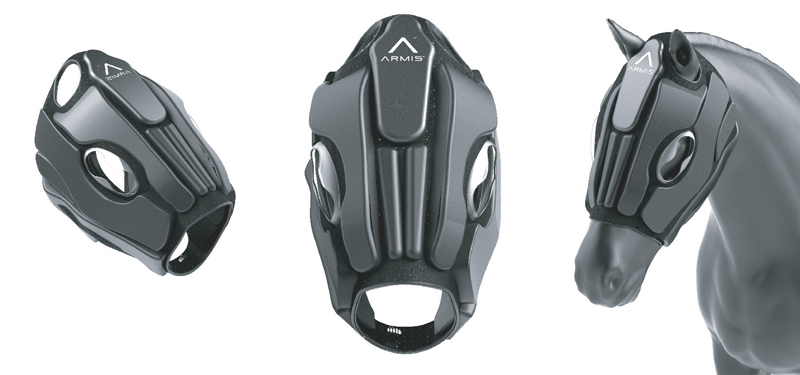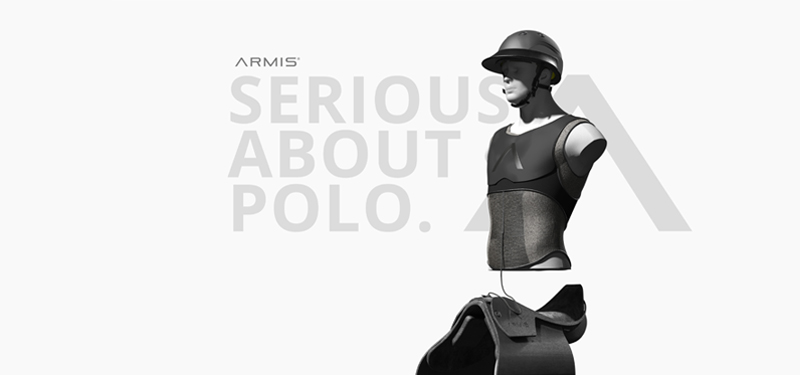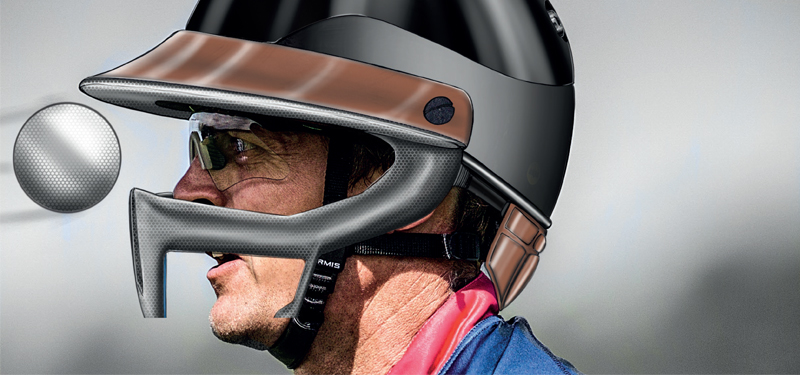Armis Polo was formally founded in 2015 by Robin Spicer while studying Industrial Design and Technology at Loughborough University. However, Spicer’s love of polo began at an early age of six, originally from Northamptonshire, he was lucky enough to travel the world with the sport to represent his country. This passion for both design and polo is how La Martina were introduced to Design Week as Spicer undertook the same brief in 2013. The aim of reconnecting with Loughborough is to create a new wave of design thinking in the very traditional market and to forge a close working relationship to spark new ideas, and to keep up to date with the emerging design trends that students are discovering.
As part of Design Week, La Martina presented students with the following brief:
"To rethink the approach to protective equipment for either the polo player or the horse. Look at the current offerings available and suggest new formats to key pieces of equipment that have not moved into the 21st Century. The designs must be feasible to manufacture and come in on a realistic budget."
Three companies were involved in pitching a project brief to 169 second year students, with the La Martina brief receiving over 50 submissions. In order to appraise the wide scope of design in a professional manner, the La Martina Design Week brief is broken down into the three distinct categories: Best of the Best, Notable Design Skills and Honourable Mention. The head of the Jury was Adrian Simonetti, President of La Martina. With his seal of approval, the students can be proud to be associated with a multi-national company that prides itself on outstanding design quality.
Adrian says:
“To be collaborating with the finest Design School in the UK is very inspiring for us to be a part of. With over 50 submissions for our live project brief, we are astounded with the response rate and with the consistent level of quality throughout the body of work. The lateral thinking to answer the brief from some designers was very impressive and certainly this will be a springboard for our internal design discussions for our future design projects. Going forward, we need to be supporting the UK design industry as much as possible, not only to push our design thinking forward but to acknowledge the incredible talents emerging from grass roots design community.”
Best of the Best – Maxwell Stevens
Stevens’ design thinking is outstanding in order to answer the brief by creating a design concept that is so simple it is genius. A single piece of material that folds up to the shape of a horse’s head to protect the brain and eyes is a tremendous skill to have done and proven with a working card model to cement the design concept feasibility. We encourage Stevens to keep up this way of design thinking into future work that he undertakes.



